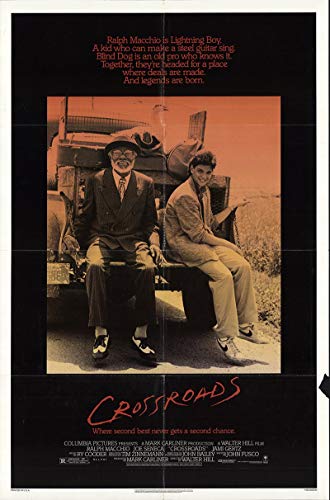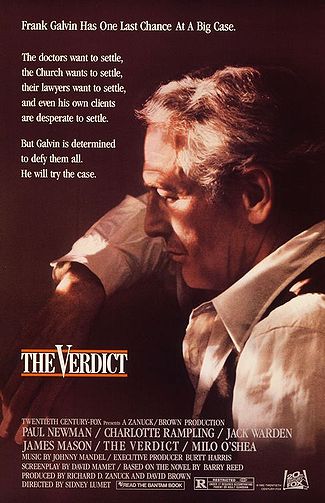Welcome to Late Night Retro Television Reviews, a new feature where we review some of our favorite and least favorite shows of the past! On Fridays, I will be reviewing Friday the 13th: The Series, a show which ran in syndication from 1987 to 1990. The show can be found on YouTube!
This week, Micki, Ryan, and Jack get involved in voodoo!
Episode 2.2 “The Voodoo Mambo”
(Dir by Timothy Bond, originally aired on October 7th, 1988)
This episode opens with Micki and Ryan watching a street party that just happens to be taking place in front of Curious Goods. It’s a Haitian voodoo party and, judging from Micki and Ryan’s comments, it is apparently some sort of annual event that takes place wherever this show is supposed to be set.
(If Curious Goods was set in New Orleans, I could maybe buy this without giving it too much thought. But the show is filmed in Canada and, judging from the states that were specifically mentioned over the course of the first few episode, it appears that Curious Goods is meant to be located in the Northeast. How many voodoo street parties do you see in New Jersey?)
Micki and Ryan want to join the party but Jack insists that they first meet his old friend, Hedley (Joe Seneca). Hedely is a powerful voodoo priest and he has traveled to the city so that his daughter, Stacy (Rachael Crawford, who was on the first season of T & T until her character vanished), can become a priestess. Ryan is obviously attracted to Stacy but the attraction goes nowhere, which I guess is good considering that every woman who likes Ryan ends up dying in some terrible way.
Meanwhile, good-for-nothing Carl Walters (David Matheson) is in danger of losing the mansion that has been in his family’s possession ever since their days as plantation overlords. Carl finds a voodoo mask in the basement. Whenever he puts the mask on, the spirit of a voodoo priestess named Laotia (Suzanna Coy) rips out someone’s throat. Laotia wants to rip out the throats of the city’s top voodoo priests so that she can gain their powers. Carl agrees to help because part of the deal is that Carl will get what he wants as well. I’m not sure what Carl wants, though. Money, I guess. But it doesn’t matter because, of course, Laotia is really only concerned with what she wants.
This episode had some atmospheric moments, especially in the scenes featuring the big party outside of Curious Goods. There’s also some black-and-white footage of actual voodoo ceremonies that is randomly inserted throughout the episode. I assume that black-and-white footage is meant to be a flashback or something like that, though the show never really makes it all that clear. That said, this episode was a bit on the dull side. Carl and Laotia were not particularly interesting and this is the second episode this season to feature an old friend of Jack’s. (That wouldn’t be a problem, except for the fact that we’re only two episodes in.) This episode felt a bit tired, as if someone entered the production office and shouted, “I need an episode about Voodoo! You’ve got 48 hours!”
Next week, hopefully, thing will be a bit more interesting.



